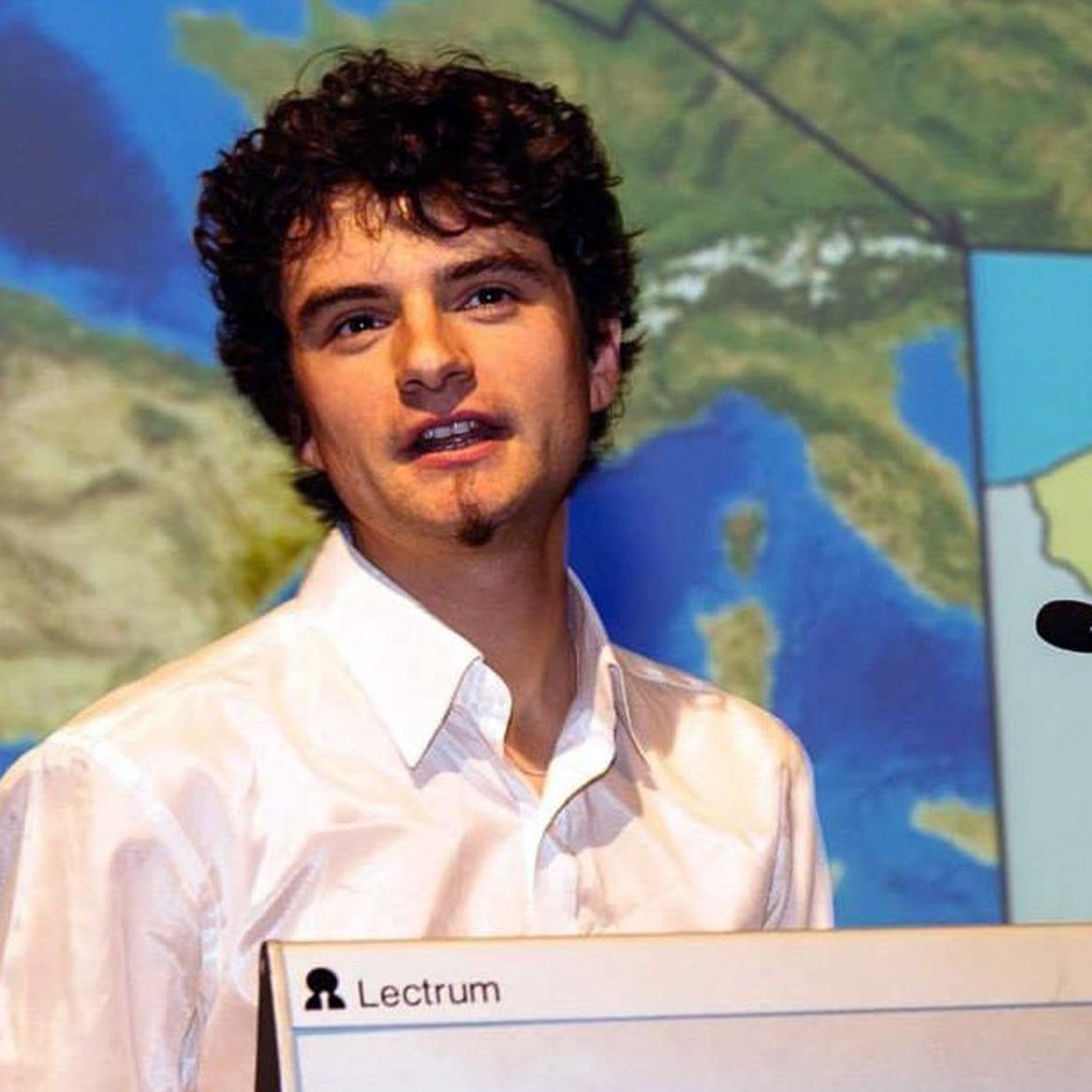Crustal evolution through the lens of apatite crystals
Contribute to the development of a new archive of the evolution of the continents.

Figures: (upper left) Histogram for the global detrital zircon age record, with peaks corresponding to times of supercontinents. The overlain curves represent a variety of published crustal growth models based on zircon datasets; (lower left) Relative abundance of felsic versus mafic rocks through time, illustrating that zircons form a biased archive: troughs in the zircon record correspond with higher abundances of mafic rocks; (right) Combined detrital zircon-apatite age histogram from a case study in Siberia, illustrating that apatites sample significantly more of the mafic (~0.85 Ga) source rocks that are largely undetected by zircons. View larger image.
This project forms part of a prestigious recently funded Australian Research Council Discovery Project that aims at establishing apatite as a new tool to study the evolution of the continental crust.
The crust shaped the composition of the atmosphere and the oceans with consequences for the evolution of life through the availability of oxygen and nutrients. However, when and how the continental crust was generated remains a core question. Current models for continental crust development rely on the mineral zircon. However, zircons only record the history of evolved (more felsic) rocks.
To address this bias, the project will focus on apatite, which forms in less evolved (more mafic) rocks. More specifically, (detrital) apatites from case studies in Australia and India will be analysed for U-Pb, Sm-Nd (and Lu-Hf), in an attempt to construct a database of Pb-Nd-Hf (model) ages that can be integrated with the zircon record to provide a more holistic description for how our planet developed.

Supervisors
Dr Stijn Glorie, Professor Chris Kirkland, Professor Alan Collins and Alex Simpson
Research area: Mineral and energy systems, Tectonics and solid earth processes
Recommended honours enrolment: Honours in Geology
